Comparing 2 groups
t-test
Mario E. Bermonti-Pérez, MA, PhD
Objectives
- Understand the basic logic behind comparing 2 groups
- Identify the usefulness of the independent t-test
- Identify the basic concepts of the independent t-test
- Conduct an independent t-test
- Interpret the results of an independent t-test
t-test
Basics
Usefulness

Usefulness

Usefulness

General form
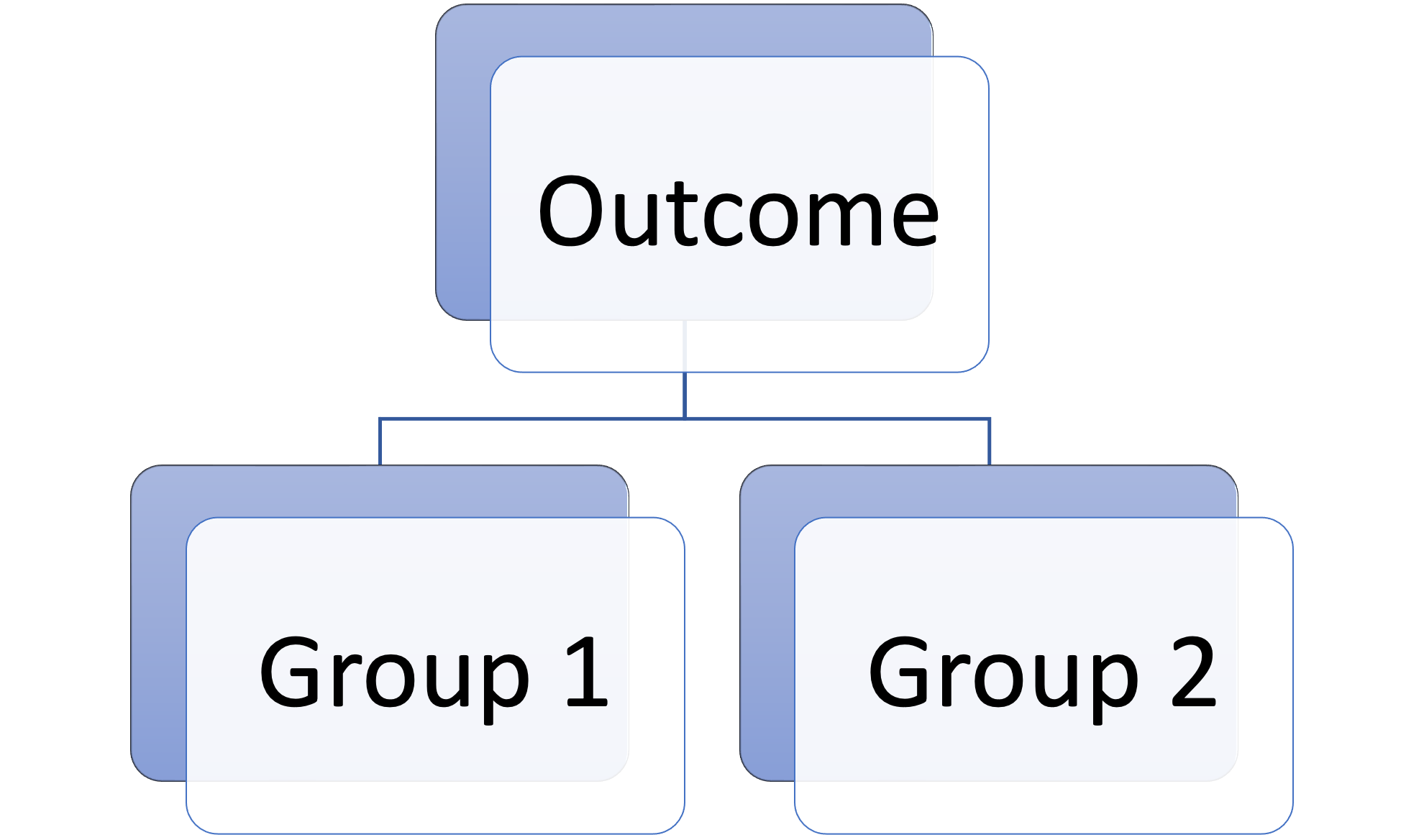
More general

Even more general
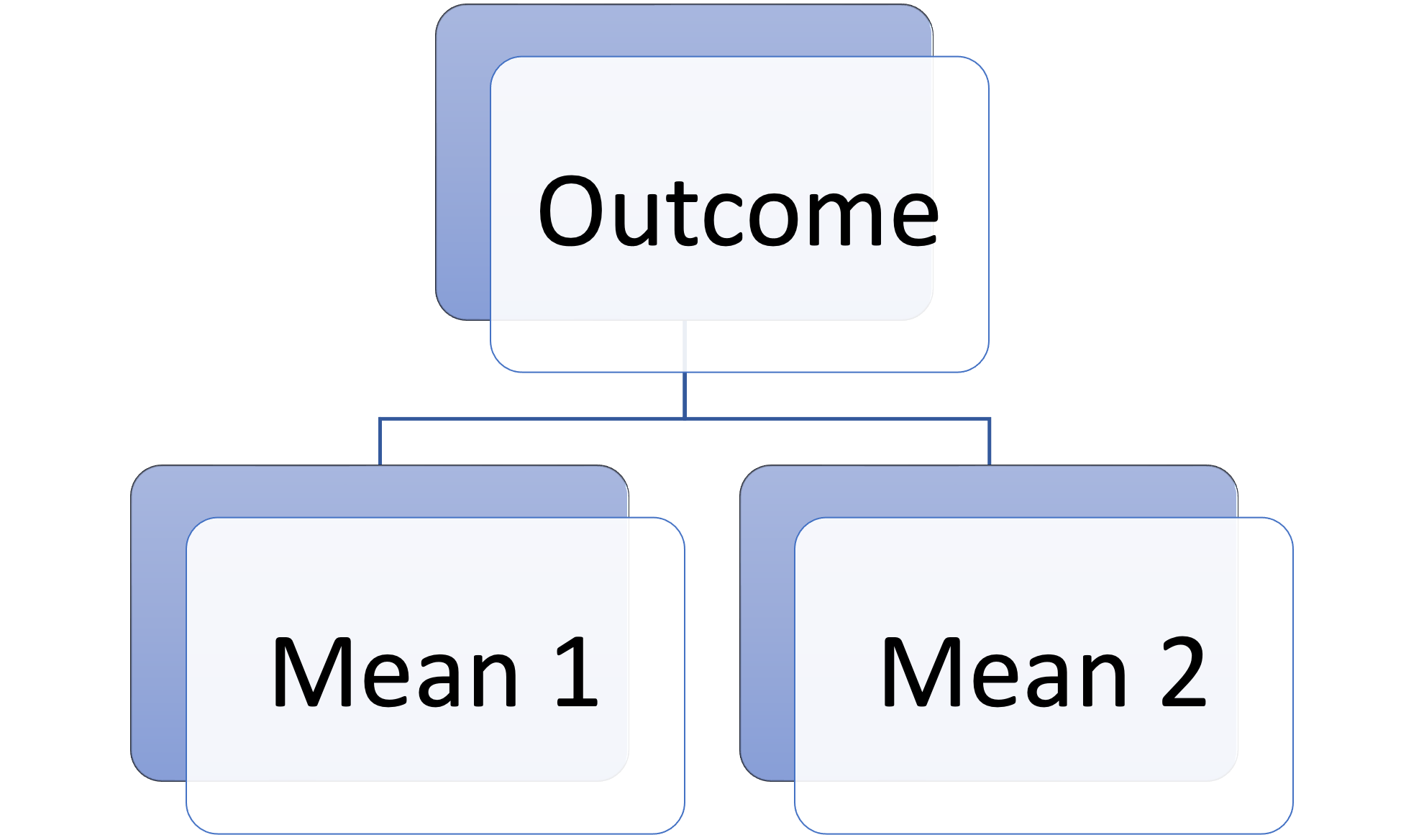
GLM form

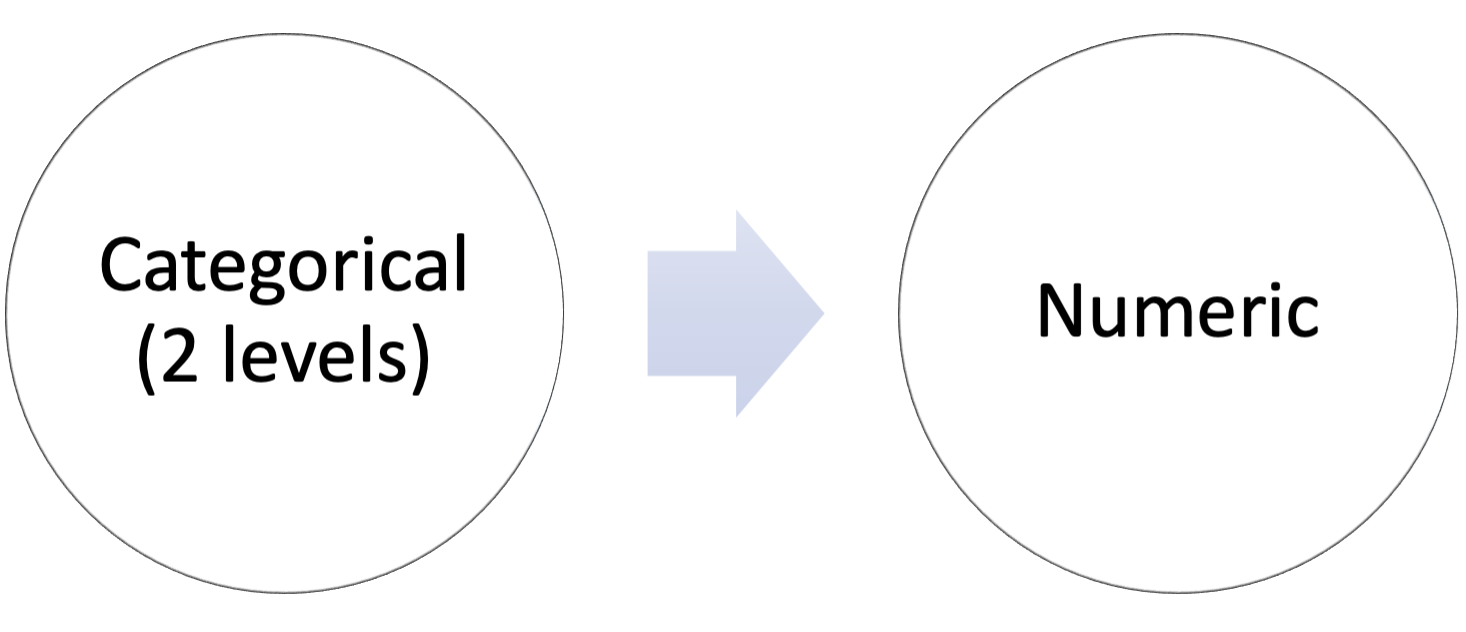
GLM form - examples

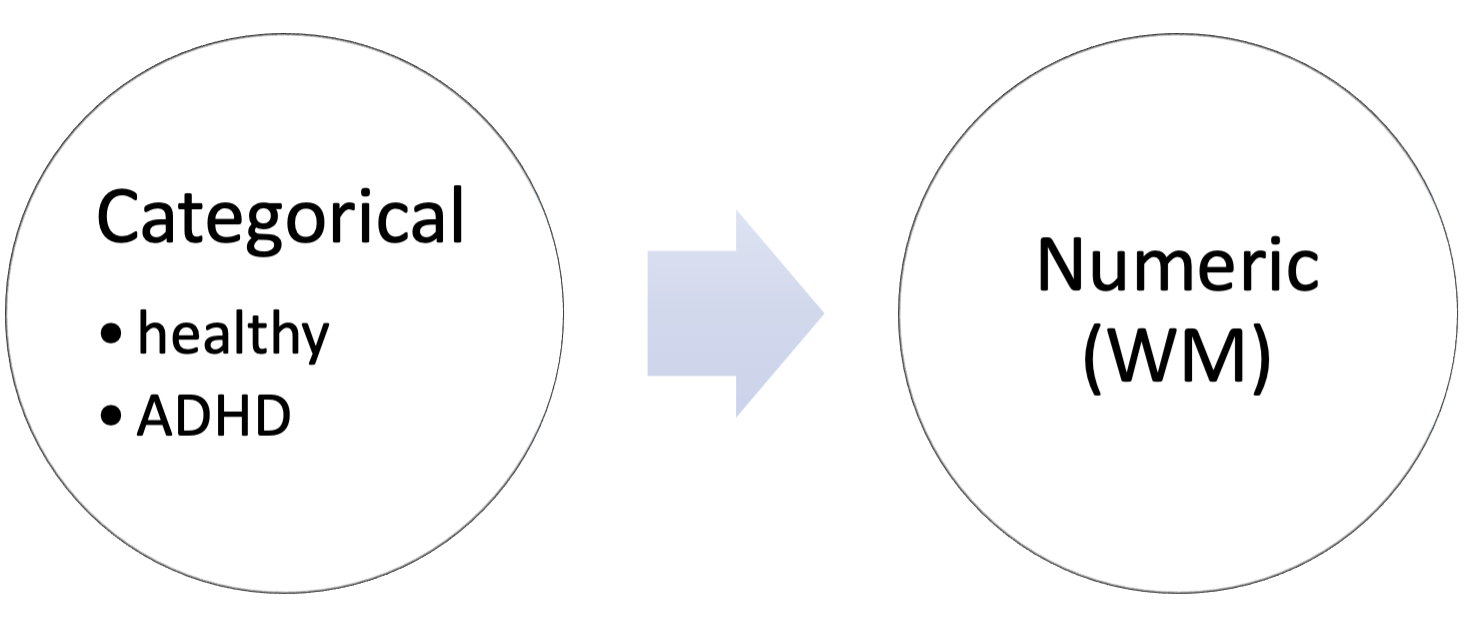
GLM form - examples

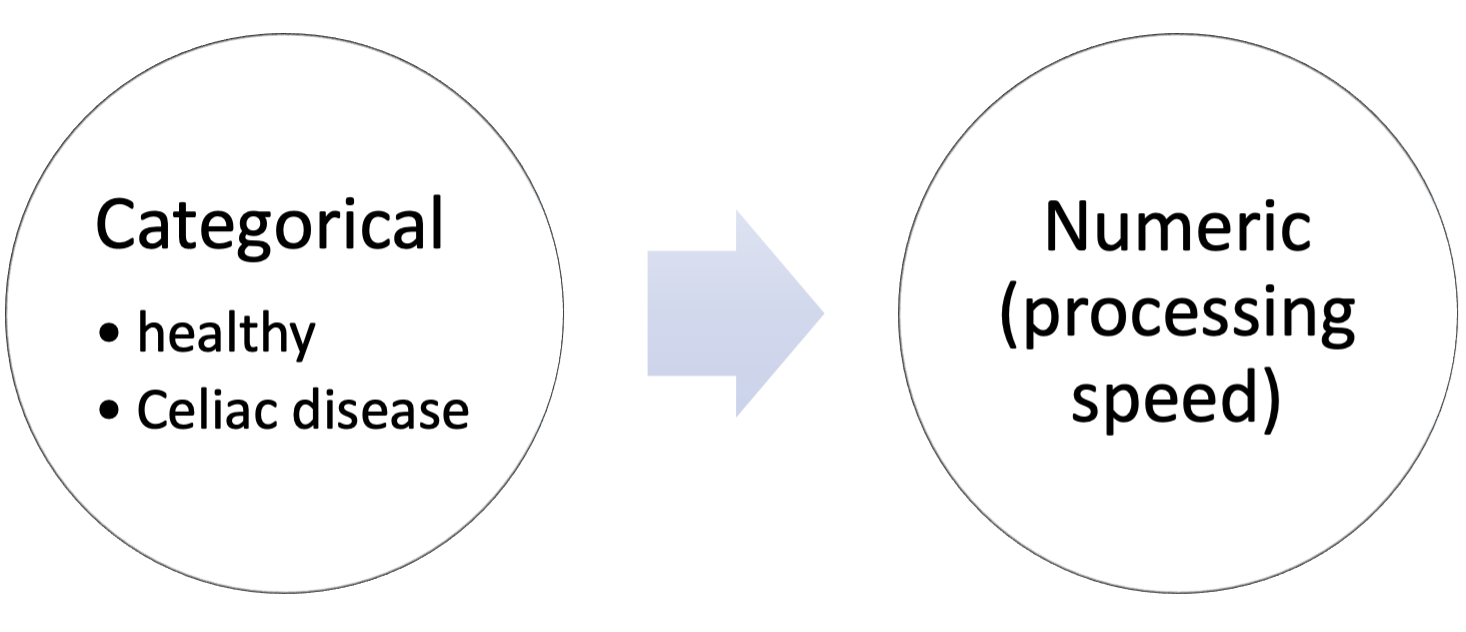
GLM form - examples

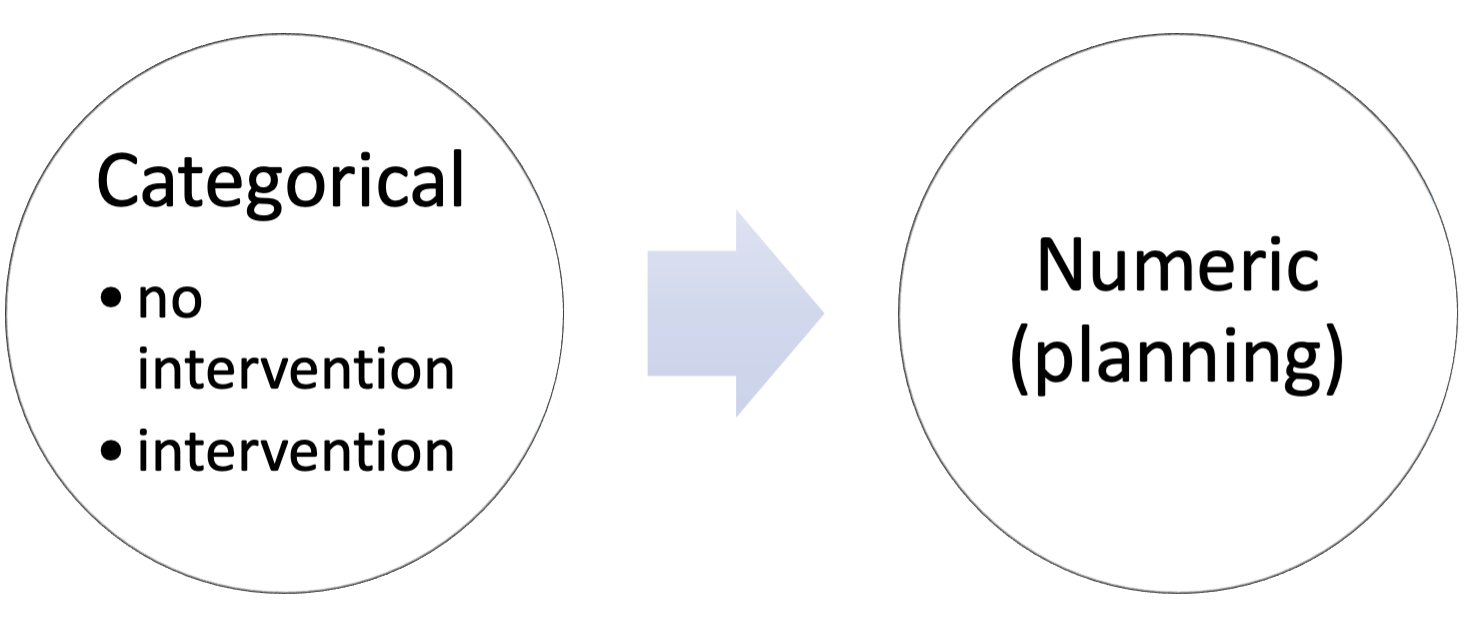
General process (conceptual)
Get data

Group data

Estimate means

Estimate effect (difference)

That is all folks!
Not exactly…
We need to know:
- is the difference real?
- size of the difference?
Conducting and interpreting
Hands on exercises
Get ready!
Study
Effect of ADHD on planning ability
Variables
- ADHD
- healthy
- ADHD
- Plannig: Standardized test
Hypothesis
- H0: No effect
- H1: Effect
Info needed
- Effect size
- Statistical significance
Viz
- Bar plot
- Box plot
Descriptive stats
- basic
- detailed
Conducting an independent t-test
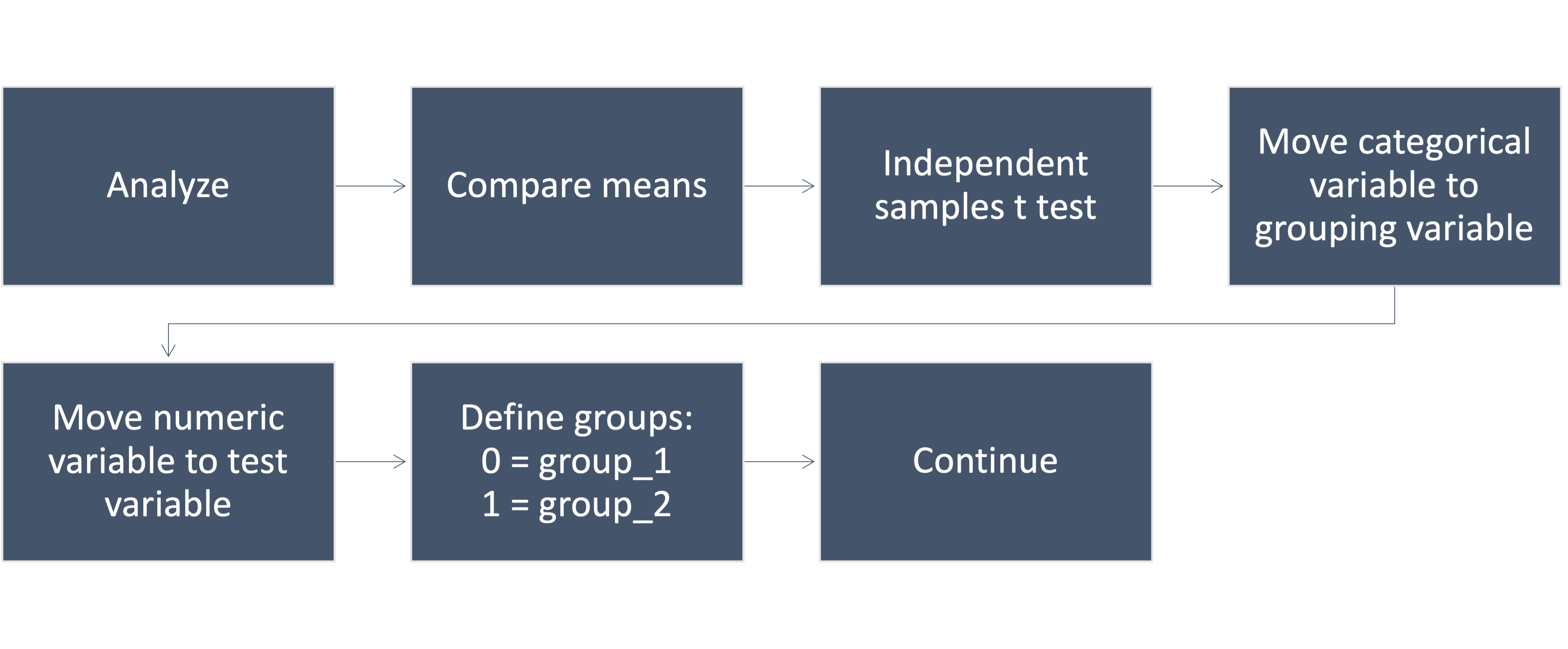
Interpretation
Effect size
Unstandardized
- Mean difference
- 95% CI
Standardized
Indicators
- Hedges g
- 95% CI
Interpretation
- small: .2 - 0.49
- medium: 0.5 - 0.79
- large: 0.8+
Statistical significance
Where to look
- Equal variances not assumed
- Significance, two sided
Interpretation
- p-value < 0.05 = Statistical significant
- p-value > 0.05 = not statistical significant
Assumptions
Assumptions
- Types of variables (GLM)
- Normal distribution
- Homegeinity of variance (Welch’s test) - not important
- No outliers
Closing
Recap
- What analysis?
- Usefulness?
- Predictor type?
- Type of outcome?
- Pieces of info t-tests provide?
- Assumptions?